April
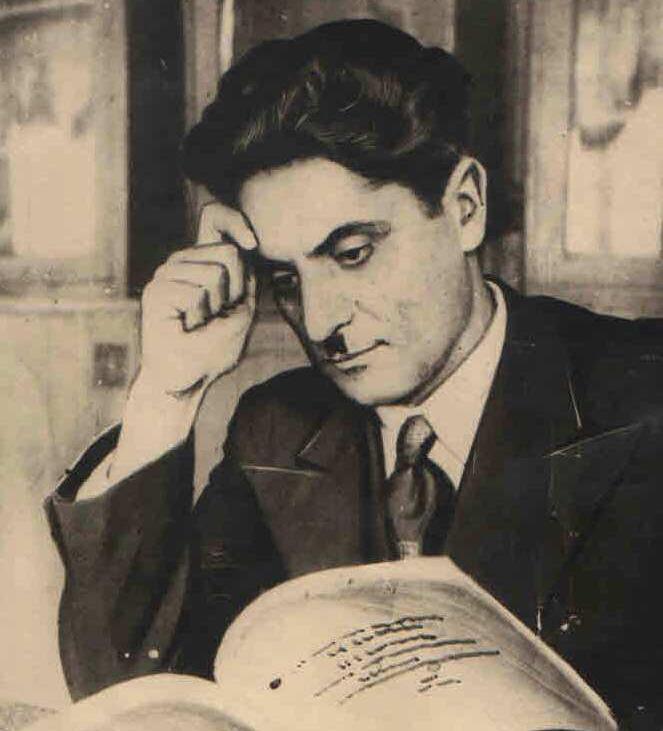
Outstanding philosopher Heydar Huseynov
Heydar Huseynov was born on April 3, 1908, in Irevan, in the family of Haji Najaf Kerbalai Huseyn. After his older brother was brutally murdered by Armenians in 1918, the family first moved to Batumi, then to Stavropol and finally to Baku. In 1927-1931 he was a student of the Oriental and Pedagogical Faculty of the Pedagogical University, where mastered Arabic and Persian languages perfectly, and leter graduated from the correspondence department of the Faculty of Social Sciences of the Azerbaijan State University.
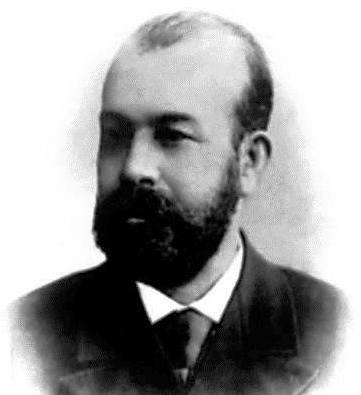
Well-known millionaire, oil magnate Shamsi Asadullayev
Shamsi Asadullayev was born into a poor family. In his youth, he was a carrier and carried agricultural products. In 1874 he opened an office, with little capital, for the extraction of oil, which worked with primitive methods. But in 1893, this small office, already working on the new technological methods, became the “Shamsi Asadullayev” oil producing company, which was one of the 12 leading oil companies, producing about 60% of Baku oil. He is the first among the Baku oil producers, who in 1891 began to transport oil across the Caspian Sea by means of steam vessels. In 1895, a large fountain was clogged on the newly acquired site, which lasted 56 days.
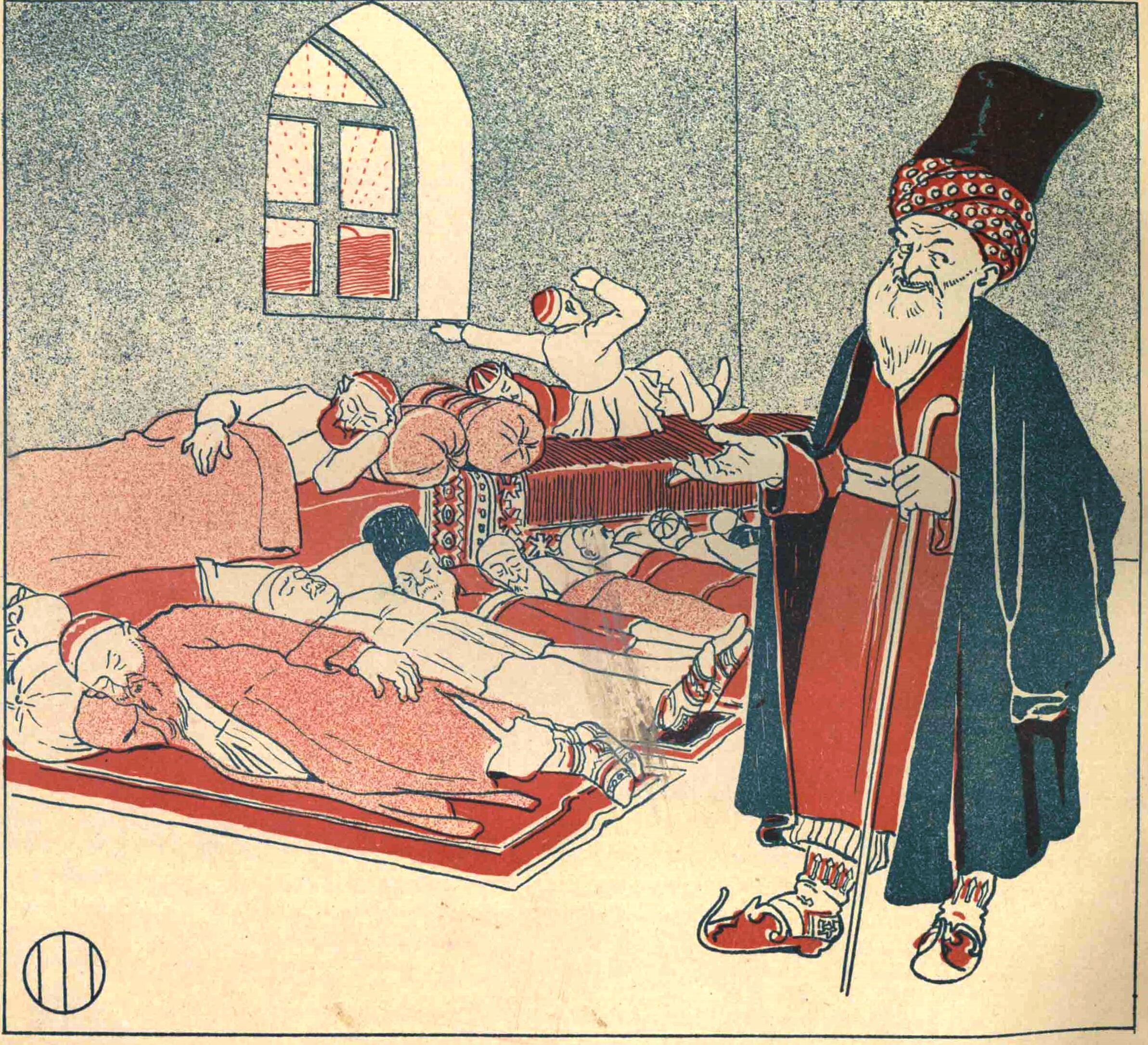
Publication of the first issue of "Molla Nasraddin" journal
"Molla Nasreddin", the first weekly-illustrated satirical magazine," appeared at the beginning of the 20th century, in the difficult socio-political conditions of Azerbaijan. "Molla Nasreddin" had a great impact on the development of the democratic press in Azerbaijan and in a very short time became the most widely read publication not only in Azerbaijan, but also in all countries of the Near and Middle East. On February 21, 1906, Jalil Mammadguluzadeh appealed to the Governor-General of Tiflis (now Tbilisi) requesting permission to publish a weekly satirical-humorous magazine in Azerbaijani called "Molla Nasreddin".
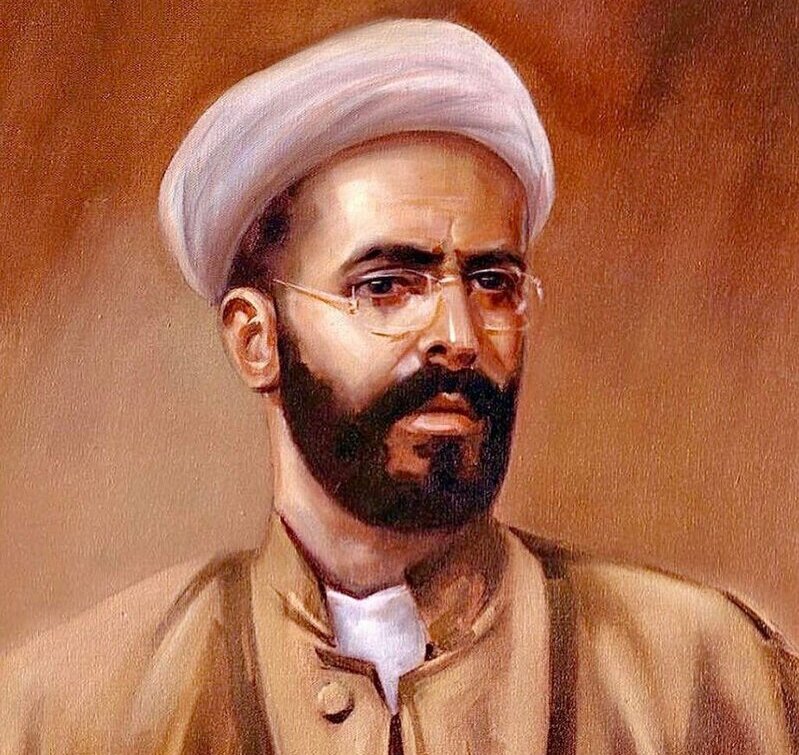
National liberation movement in South Azerbaijan (1917-1920)
The overthrow of tsarism in Russia as a result of the February Revolution gave great hopes to the inhabitants of South Azerbaijan. The fall of tsarism, as a pillar of the Iranian regime, was perceiveof people and democratic forces as a weakening of Tehran's power in the regions, including South Azerbaijan. The Azerbaijan Provincial Committee of the Iranian Democratic Party (IDP) led the protests of the population. The Committee was headed by Sheikh Mohammed Khiyabani, hardened on the barricades of the Iranian Revolution (1905-1911). The local committees were established in Sarab, Ardabil, Zanjan and Urmia.
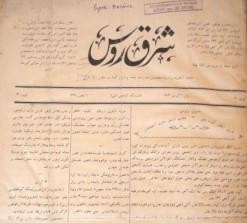
"Sharqi-rus" - the first Azerbaijani-language newspaper published in Tbilisi in the 20th century
In 1891, by order of the governor of Tiflis, the publication of the newspaper "Keshkul", the only printed organ in the Azerbaijani language was closed, the intelligentsia tried to directed their efforts to publishing a new newspaper in the native language. But, unfortunately, on the appeals of Kemal Unsizade, Ahmet bey Agaoglu, Nariman Narimanov and Sultan Majid Ganizade to the Caucasian vicegerency were given a negative answer. Among the applicants was Mammad-aga Shahthkly. Mammed-aga Shakhtakhly, returning in 1902 from abroad to Russia, is considering a project publish a new newspaper.
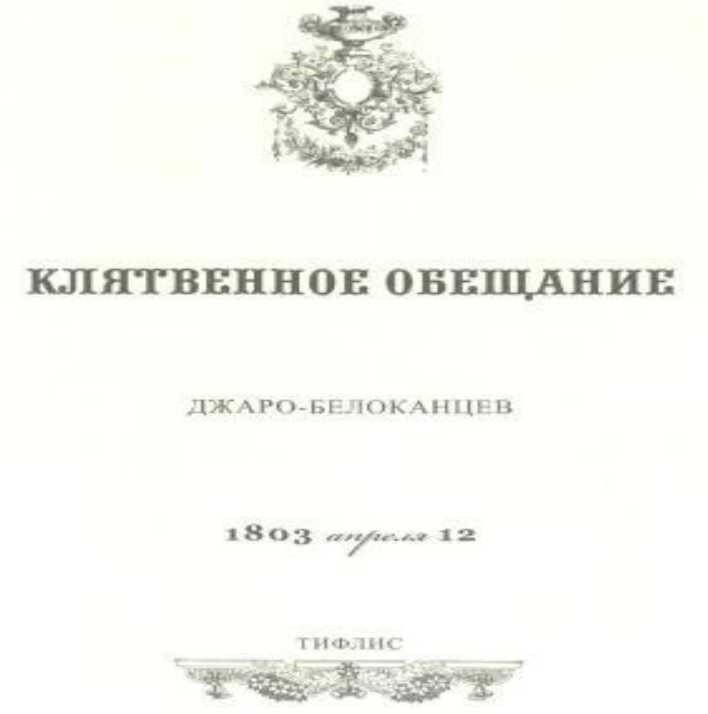
Occupation of Jar-Balakan Community by Russia
Jar-Balakan jamaats (free societies) differed from other feudal khanates on the territory of Azerbaijan in terms of governance, ethnic diversity and success in wars. The process of establishing these societies began in the 14th century. Prior to this period, separate communities had already begun to form in this region, which helped to form jamaats. In the 16th century, these communities began to unite in jamaats - free societies. Jar-Balakan jamaats, formed in the middle of the 16th century, became completely independent at the beginning of the 17th century. At the end of the 18th century, Russia became a real threat to Jar-Balakan.
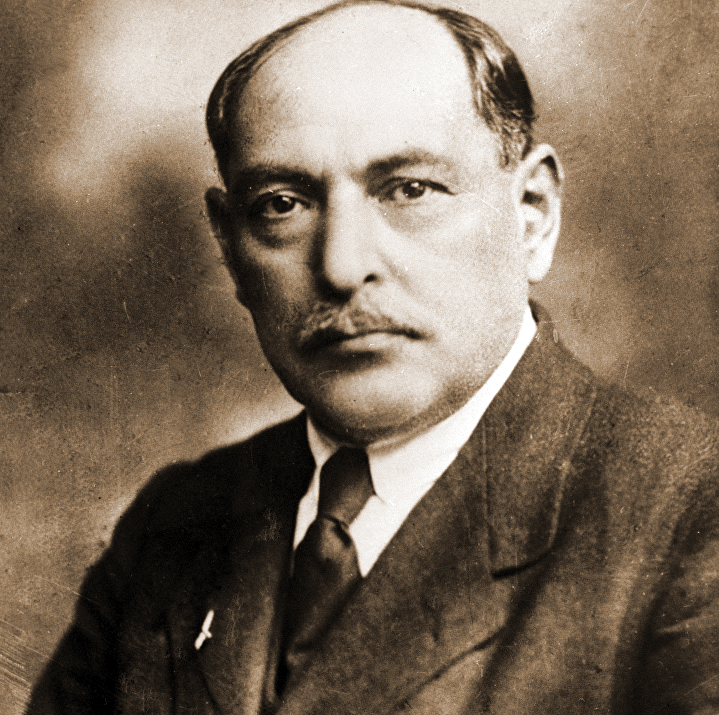
Prominent statesman Nariman Narimanov
Nariman Najaf oglu Narimanov was born on April 14, 1870 in the famous Sheitanbazar part of Tiflis. His father, Karbalayi Najaf, was a religious man and was engaged in petty trade. Nariman was the youngest of 9 children in the family. N. Narimanov studied at a six-grade religious school in Tiflis. In 1890, after graduating from the Gori teacher's seminary, he was appointed a teacher in the village of Gyzylgadzhily, Borchali district, Tiflis province. In 1891 he returned to Baku and began teaching. In 1894, for the first time in Baku, he opened a public available reading room for the Turkic-Muslim population.
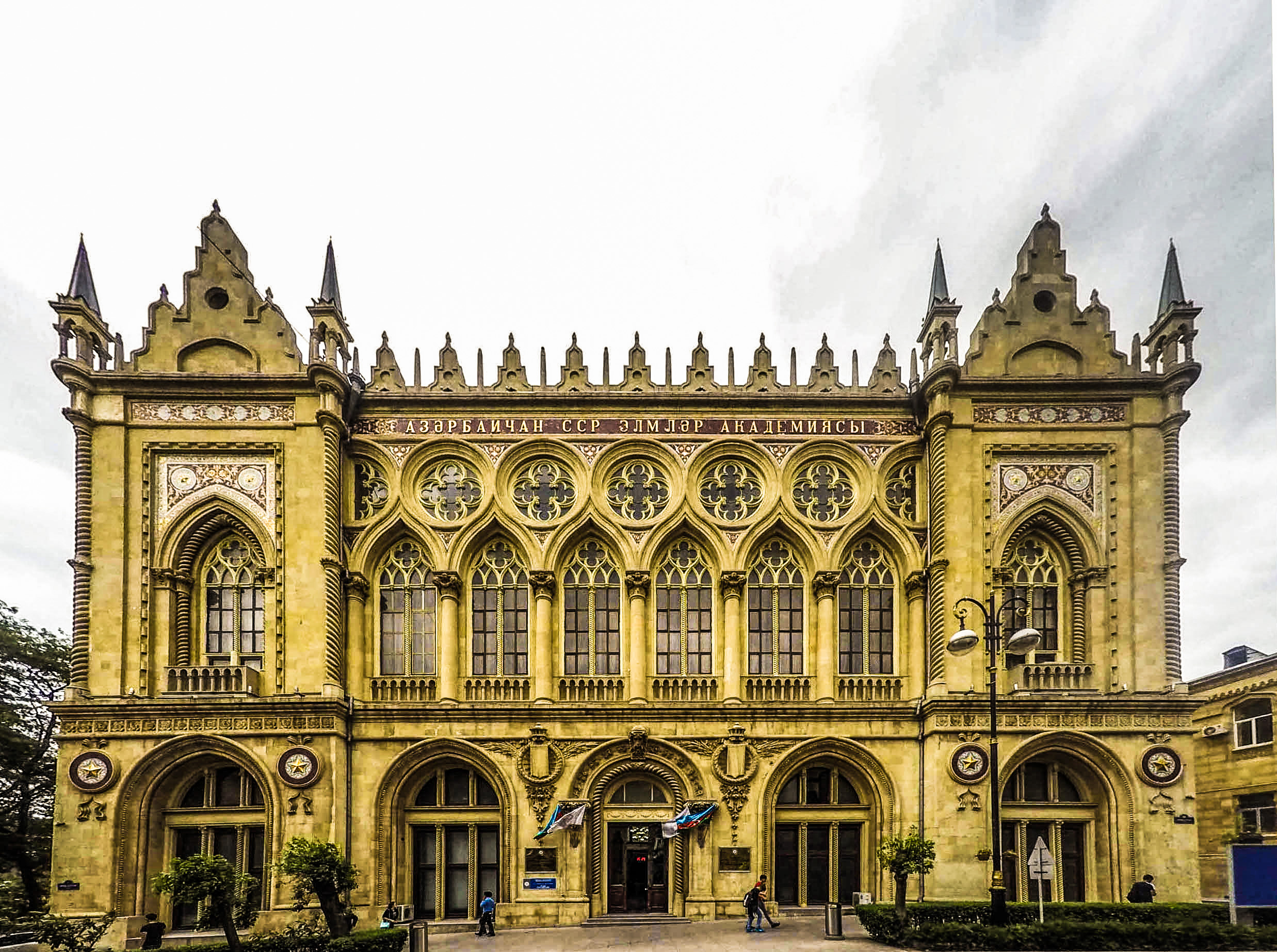
Baku Congress of Caucasian Muslims
After the February revolution, all political parties in Azerbaijan became legal, new political parties ("Turk Ademi Merkeziyyet Party", "Irshad") were formed. However, in the early days of the revolution, none of these parties was able to lead the national movement alone. Therefore, on March 29, 1917, in order to manage all national and political forces from one center, a temporary council of Muslim public organizations was established with branches in Baku and other provincial cities - the Baku Muslim Public.
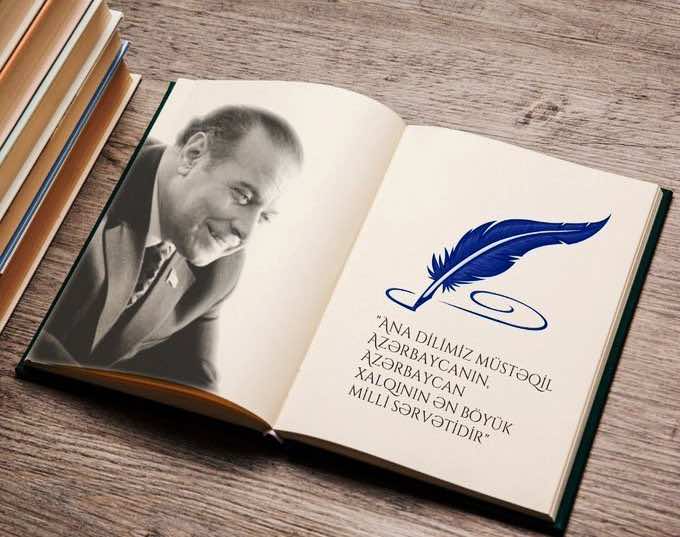
Approval of the Azerbaijani language as the state language in the Constitution of the Azerbaijan SSR
The history of the constitutional framing of the Republic of Azerbaijan mainly coincides with the period when it was part of the USSR. The first Constitution of Azerbaijan was adopted on May 19, 1921, and the new edition adapted to the Constitution of the USSR was adopted on March 14, 1925. On March 26, 1927, the next Constitution of the Azerbaijan SSR was approved at the Fifth All-Azerbaijan Congress of the Soviets. In connection with the adoption of the new Constitution of the USSR in 1936, on March 14, 1937, the new Constitution of the Azerbaijan SSR entered into force by the decision of the 9th All-Azerbaijan Congress of Soviets.
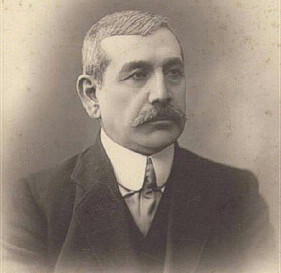
Oil millionaire and famous philanthropist Murtuza Mukhtarov
Murtuza Mukhtarov, a prominent representative of the oil industry, a major oil entrepreneur and philanthropist, was born in 1865 in the village of Amirjany, in the suburbs of Baku, in the family of a coachman. For a long time he worked as a plasterer, carried oil on carts, and was engaged in small contracts. Since 1870, he worked at one of the mines in the villages of Balakhany-Zabrat. Noticing a capable, hardworking young man, the owner of the oil field, Martov, taught him the secret of mechanical tools and oil-producing machines. Soon Mukhtarov becomes a master. Subsequently, Martov sells his private workshop to Murtuza.
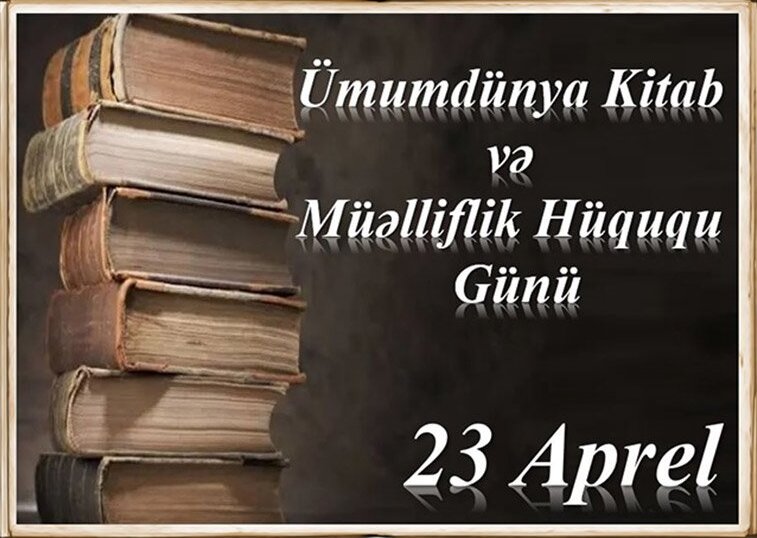
World Book and Copyright Day
Wise people consider the book to be a source of knowledge, intelligence, wisdom, and excellence. And this is not without reason, because the highest qualities and the real enlightenment is acquired only by reading. Reading a book is a very important technique that nourishes the human soul and fills the spiritual void inside. A book is a spiritual legacy left by one generation to another. The history of our spiritual life has been closely connected with book since the earliest times, and with a view of meeting its needs the book was improved and assumed new forms.
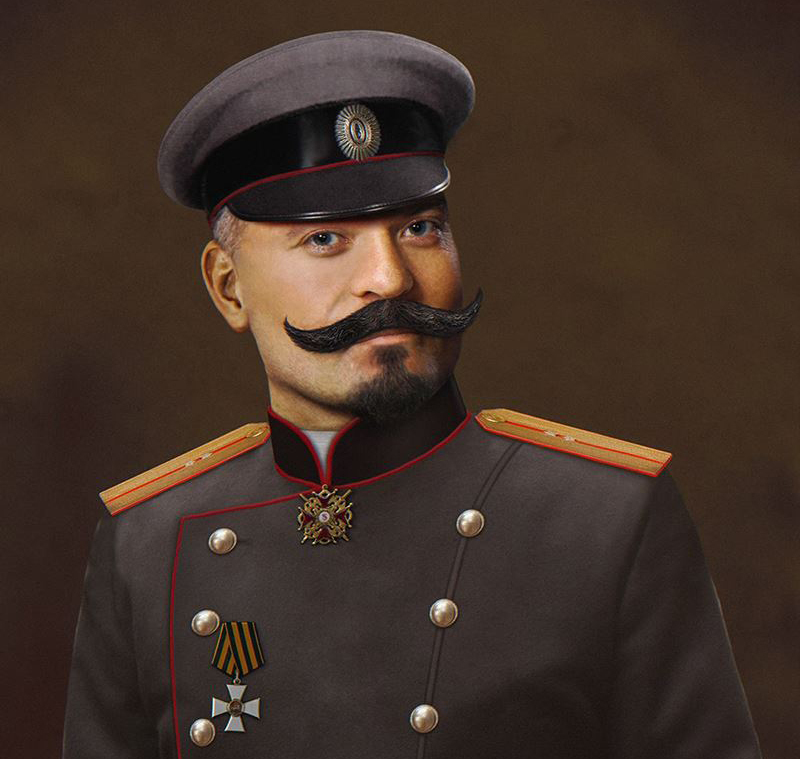
Distinguished serviceman of Azerbaijan General Aliaga Shikhlinski
Aliaga Ismail aga oglu Shikhlinsky was born on April 23, 1865 in the village of Gazakhly, Gazakh region. In 1876 he graduated from a private gymnasium in Tbilisi, in 1883 - a military gymnasium in Tbilisi, in 1886 - an artillery school in St. Petersburg. Having been assigned to Alexandropol (Gyumri) in the 39th artillery brigade, he served in this brigade until 1900 and rose to the rank of captain. In 1900, Shikhlinsky, sent to the artillery division in Transbaikalia, was temporarily appointed as the acting commander of the 2nd battery instead of Samed-bey Mehmandarov, who was sent to St. Petersburg for a 6-month course in May 1902.
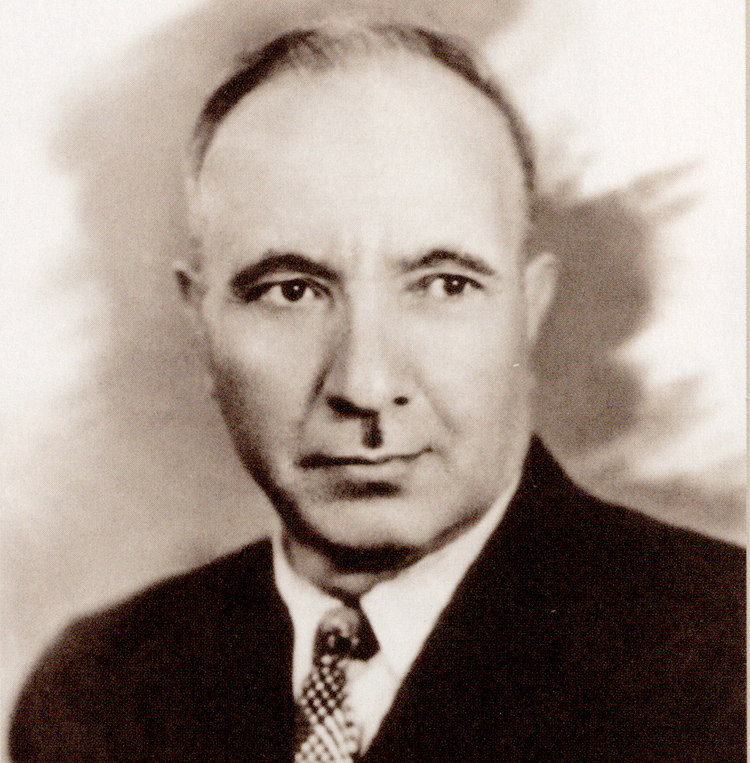
Prominent writer, literary critic, pedagogue Mir Jalal Pashayev
Mir Jalal Mir Ali oglu Pashayev was born on April 26, 1908, in the village of Andabil near the city of Ardabil, South Azerbaijan. However, fate took him to the ancient city of Ganja since childhood. After his father's death in 1918, he had lived under the care of his elder brother. In 1918-1919, he studied at the primary school of the Ganja Charitable Society. In 1924-1927, he studied at Ganja Pedagogical College named after M.F. Akhundov. In 1925, he was admitted to the Komsomol. During his student years, he was actively involved in public works, was elected the chairman of the student-youth organization of the college, and then the student-youth trade union organization of Ganja.
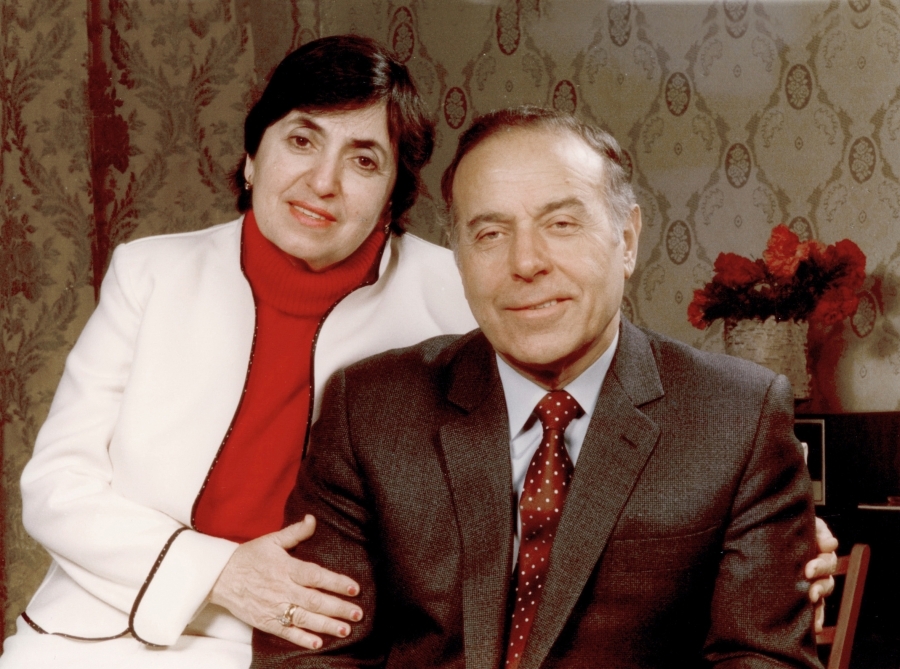
Outstanding ophthalmologist and scientist, Academician Zarifa Aliyeva
Aliyeva Zarifa Aziz gizi was born on April 28, 1923 in Shahtakhti village of Sharur region of Nakhchivan Autonomous Republic. In 1942, she graduated from secondary school in Baku with excellent marks, and in 1947 she graduated from the Preventive-Medicine faculty of the Azerbaijan State Medical Institute with honors. In 1947-1949 she was improved herself as a specialist in ophthalmology as a trainer in the All-Union Center for Doctors Improvement (Moscow).
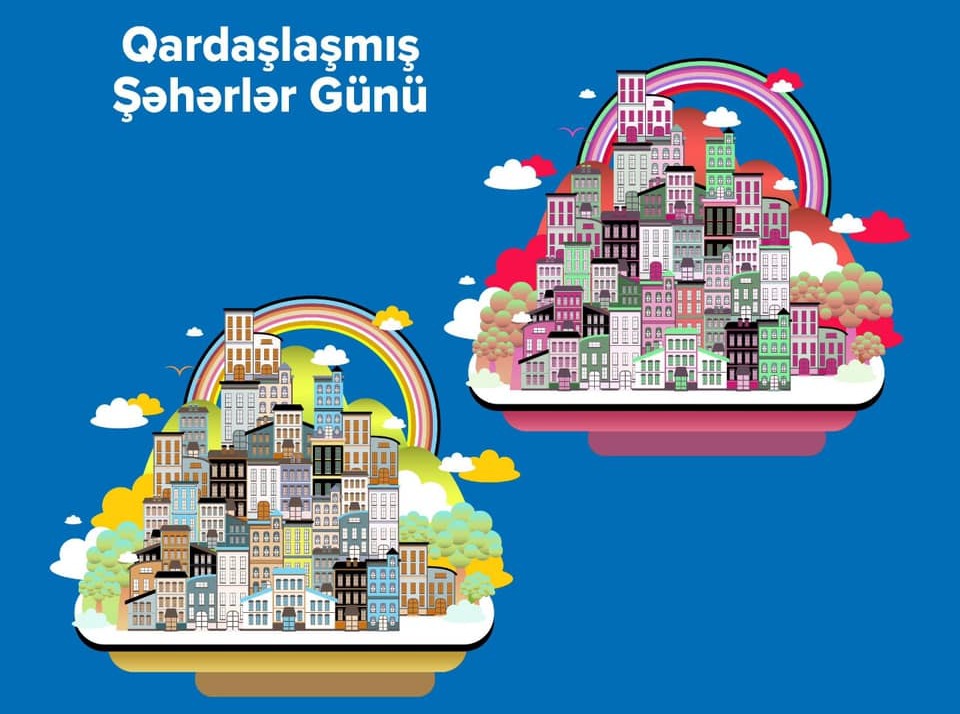
International Twin Cities Day
Countries that want to take their rightful place in the globalized world should give importance to maintaining economic, political and cultural relations with other countries at a high level. In this sense, Azerbaijan, having taken the path of integration into the world, is trying to establish friendly and mutually beneficial relations with countries near and far abroad. Practical steps are being taken in this direction. Actions are taken both at the high level and at the level of public diplomacy, and friendly relations are established with the cities of different countries.
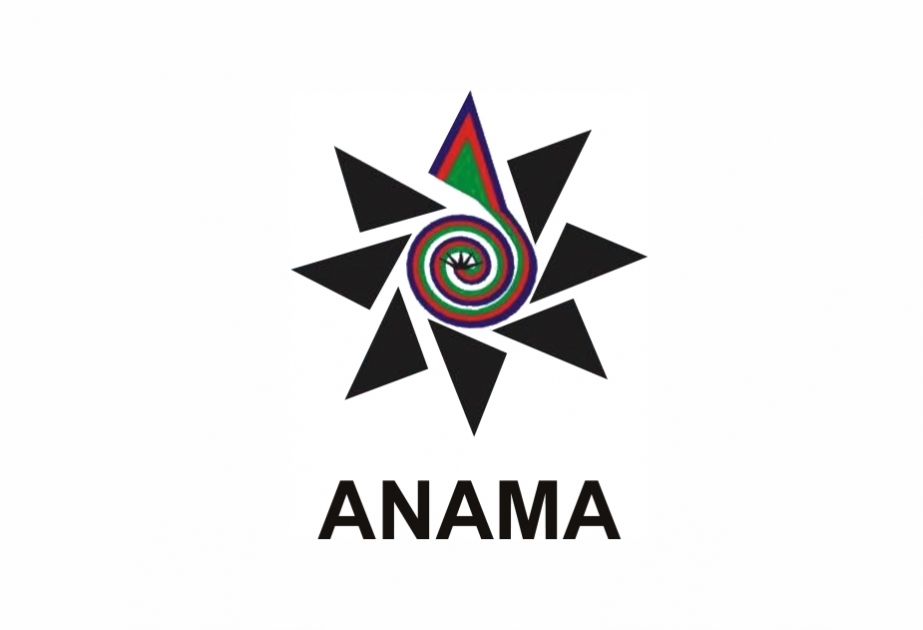
International Day for Mine Awareness and Assistance in Mine Action
4 April is the International Day for Mine Awareness and Assistance in Mine Action, designated by the General Assembly in 2005 to raise awareness and seek assistance for mine action. Today, the organization calls for the establishment and development of national mine action measures in countries where explosive remnants of war pose a serious threat to the security, health and lives of civilians and impede socio-economic development at national and local levels. Today, in the age of technology, mines have given way to more precise weapons. However, the experience of recent years has shown that mines are still a dangerous and potentially catastrophic force.
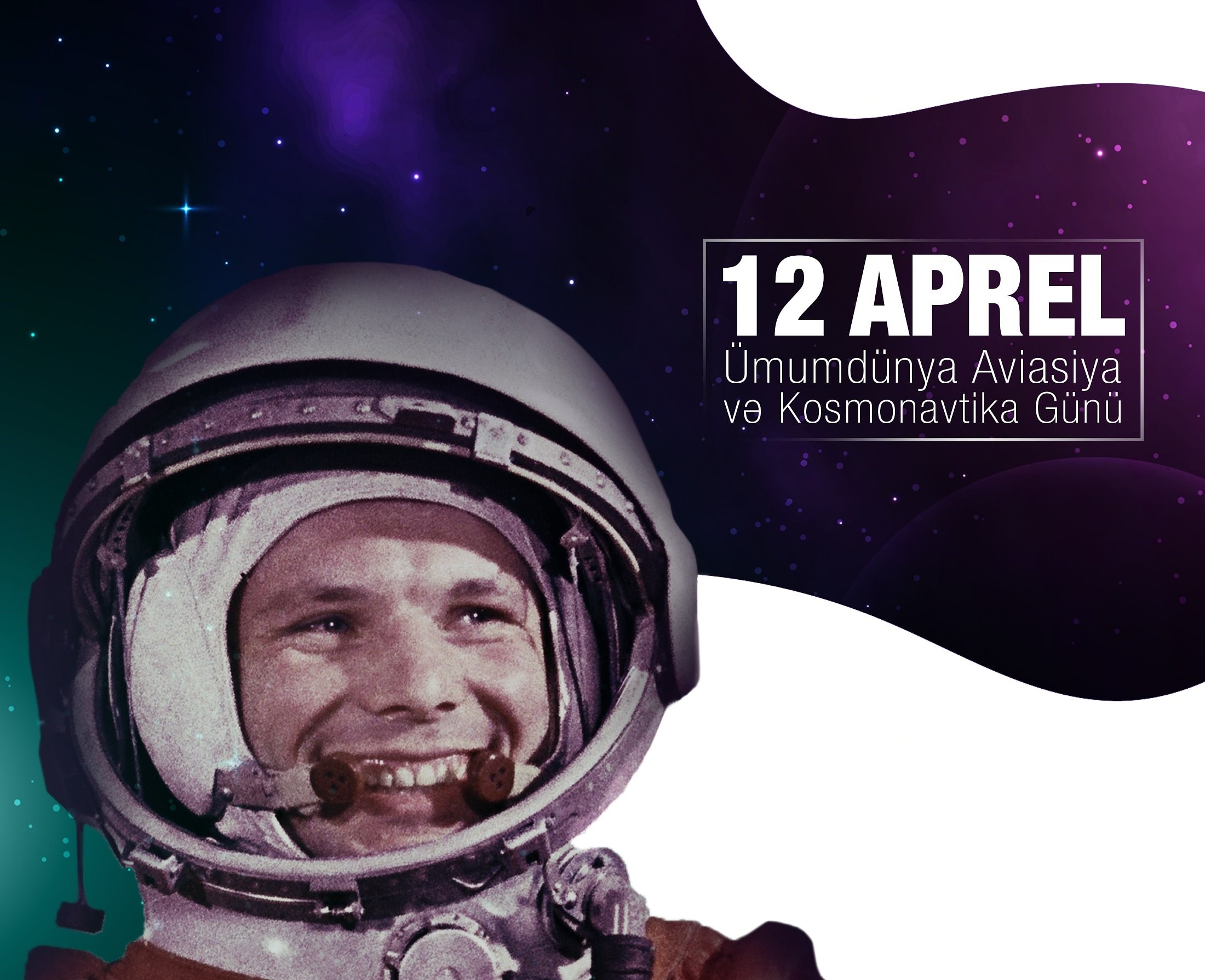
World Aviation and Cosmonautics Day
Azerbaijan has historically been at the center of scientific and philosophical movements studying the Universe and outer space, in a place of technological revival. Nasreddin Tusi (1201-1274), a major representative of the eastern scientific school, worked at the observatory, which he personally built in the city of Maragha, located in the center of Azerbaijan. The observatory built by Tusi surpassed all the famous observatories of the East in its structure, size and scientific research carried out there. The observatory built by Tusi surpassed all the famous observatories of the East in its structure, size and scientific research carried out there.
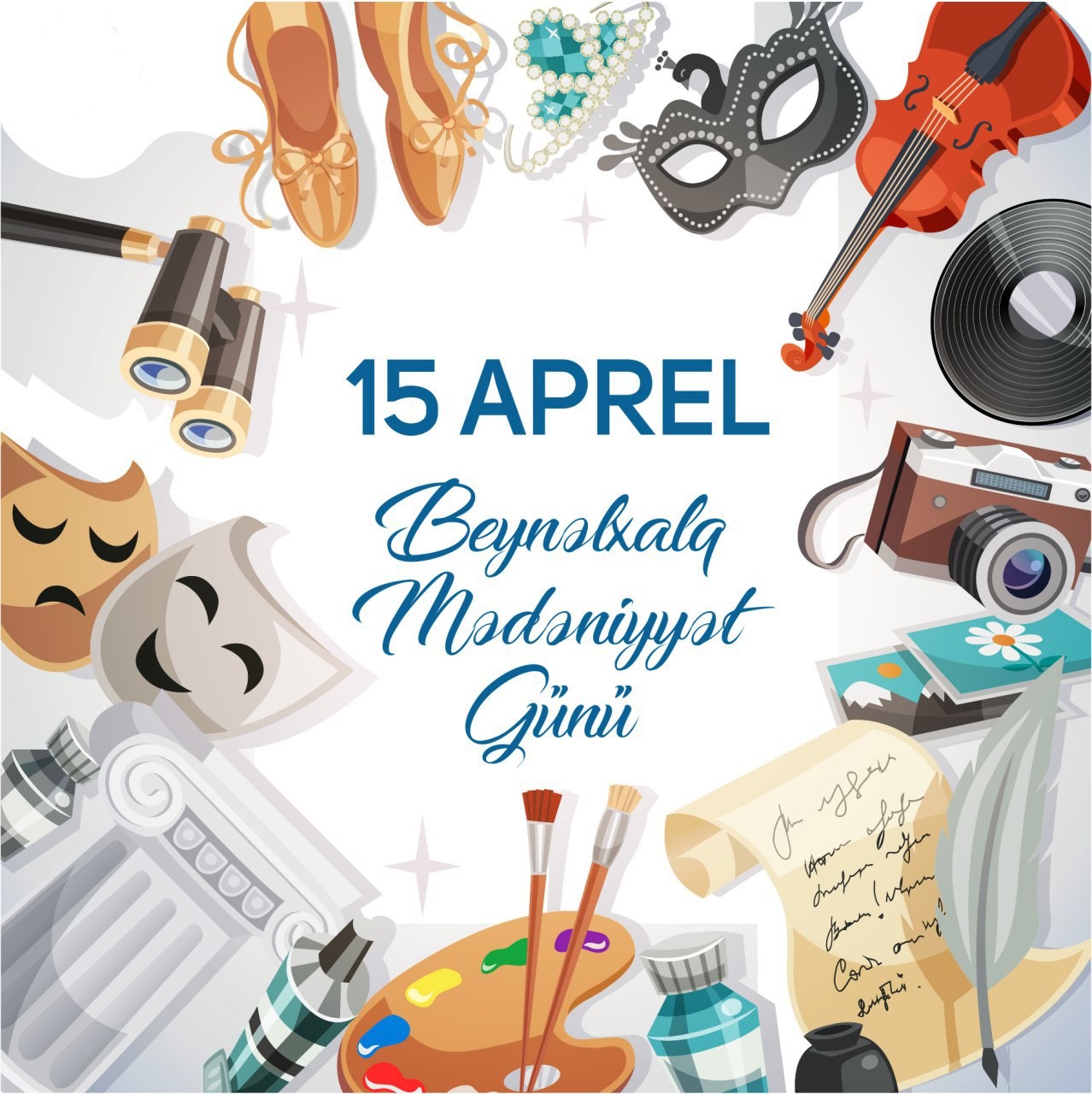
Universal Day of Culture
The world celebrates Universal Day of Culture every year on April 15. This date is associated with the agreement signed in Washington on April 15, 1935 "On the protection of artistic and scientific institutions and historical monuments", which became known in international legal practice as the Roerich Pact. The idea of creating rules governing the protection of historical and cultural monuments from the destructive effects of external forces belongs to the artist and philosopher Nikolai Roerich. At the beginning of the 20th century, during the wars and the redistribution of territories, while studying ancient monuments, he understood how important it was to preserve them.
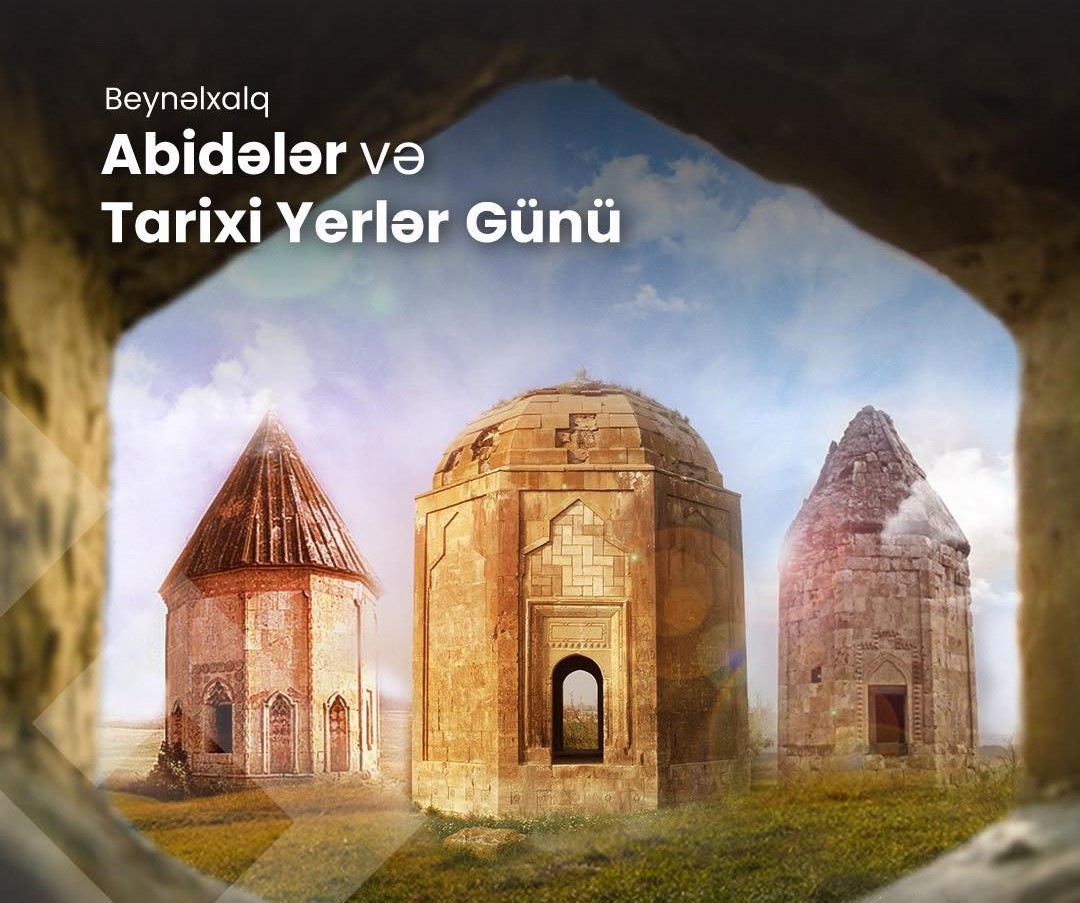
International Day for Monuments and Sites
April 18 is annually observed as the International Day for Monuments and Sites. This Day was established in 1983 by the Assembly of the International Council for the Protection of Monuments and Sites (ICOMOS), created by UNESCO. It aims to bring global attention to the need to conserve monuments and sites as our cultural heritage and to “celebrate the diversity of this heritage”. The International Council on Monuments and Sites (ICOMOS) is the advisory body of the UNESCO World Heritage Center and a non-governmental organization that works on preserving and conserving historical and archeological heritage sites worldwide. This significant day is widely celebrated in Azerbaijan.
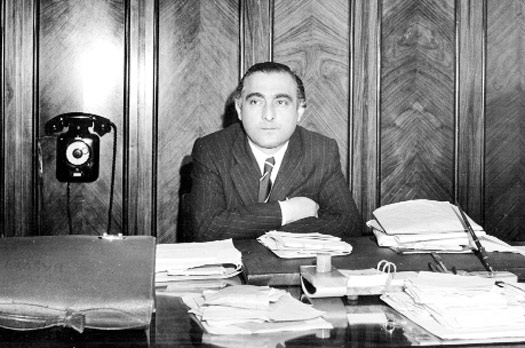
Writer, publicist, a statesman of Türkiye Samet Aghaoglu
Samed Ahmed Bey Aghaoglu was born on April 23, 1909, in Baku. Only a few months later, his family relocated to Turkey. He received his early education at Fevziye School in Istanbul. Following his family's move to Ankara, which had been declared Turkey's new capital, he attended a high school there. Despite his passion for literature and the arts, at his father's insistence, he enrolled in the Law Faculty at Ankara University (1926-1931), where he successfully completed his higher education. Afterwards, he pursued a master's degree at the University of Strasbourg but did not finish his studies. It was during this period that he began to explore his creative talents.

Entrepreneurs' Day
According to the Decree of President Ilham Aliyev dated April 21, 2016, April 25 is celebrated as Entrepreneurs Day in Azerbaijan. The establishment of Entrepreneurs' Day is a striking example of the attention and care shown by the head of state to the development of entrepreneurship, especially in the non-oil sector, as well as the high importance attached to the activities of entrepreneurs in the socio-economic sphere, in the economic development of the country and provision of employment. Entrepreneurship in Azerbaijan has a long history and received great development in the late 19th and early 20th centuries.

World Intellectual Property Day
World IP Day is celebrated every year on April 26. The event was established by the General Assembly of the World Intellectual Property Organization (WIPO) in 2000. On this day, April 26, in 1970, that the international Convention came into force, according to which the World Intellectual Property Organization (WIPO) was established. The Republic of Azerbaijan has been a member of WIPO since 1995 and has acceded to its 16 agreements relating to the protection of intellectual property rights and related rights. In 2006, a Cooperation Program between WIPO and the Republic of Azerbaijan was signed.
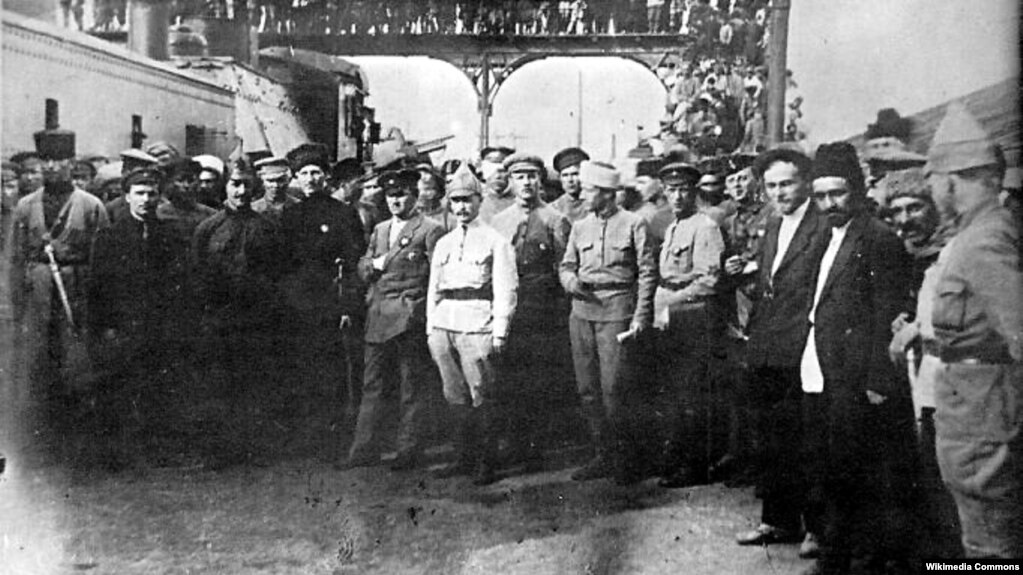
The Bolshevik intervention - the fall of the Azerbaijan Democratic Republic
In its policy towards the Caucasus, especially towards Azerbaijan, Soviet Russia acted as the successor of Tsarist Russia. Baku was significant for the Bolsheviks not only because of its oil and exceptional economic potential but also as a political center of the entire Near and Middle East. Although the Baku Council of People's Commissars, led by the Dashnak-Bolshevik S. Shaumyan, was overthrown in 1918, the struggle for Baku always remained in focus. In the spring of 1919, the Baku Bolsheviks expanded their activities against the government of the Azerbaijan Democratic Republic.

The beginning of the road to the Great Victory - the April battles
During the night and day of April 1-2, 2016, Azerbaijani positions and settlements along the entire front were subjected to heavy artillery fire by the Armenian armed forces. To prevent this attack and ensure the safety of the civilian population, the command of the Azerbaijani Armed Forces resolved to take urgent countermeasures in the Aghdara-Tartar-Aghdam and Khojavand-Fuzuli directions. As a result, 6 tanks, up to 15 artillery pieces and fortified engineering installations belonging to the Armenians were destroyed, as well as more than a hundred of their military personnel were killed and neutralized.

Prominent Azerbaijani writer and playwright Najaf-bek Vezirov
Najaf bey Fatali bey oglu Vazirov, the playwright, publicist, and the theater figure was born on April 2, 1854 in Shusha. He received his primary education in Shusha and secondary education in Baku. In 1878, he graduated from the Petrovsky-Razumovsky Agricultural Academy in Moscow. N. Vazirov is one of the founders of the Azerbaijani professional theater. For the first time in 1873, together with Hasan bey Zardabi, he staged Mirza Fatali Akhundov’s comedies "The vizier of Lankaran khan" and "Haji Gara". In 1875 it began to be published in the Akinchi newspaper.

Prominent Azerbaijani composer Asaf Zeynalli
The work of Asaf Zeynalli, one of the prominent figures of Azerbaijani musical art, a skilled promoter of folk music, and a talented composer, forms valuable chapters in the treasury of our national musical culture. Asaf Zeynalabdin oghlu Zeynalli was born on April 5, 1909 in Derbent. In the early 1920s, the Zeynalli family moved to Baku. From 1922 to 1926, he studied at the Baku Music College in trumpet, cello, and piano classes. In 1926, he enrolled in the orchestra faculty of the Azerbaijan State Conservatoire and later continued his education at the composition faculty.

Prominent poet, state and public figure of Azerbaijan Molla Panah Vagif
Molla Panah Vagif occupies a prominent place in the history of Azerbaijan due to his literary and political activities. He was a great poet, the founder of new realism genre in the Azerbaijani poetry and also a prominent statesman and diplomat, eshikagasi - the minister of foreign affairs in the Karabakh khanate. Vagif was born in 1717 in the village of Salahly in the Kazakh district of Azerbaijan. When an approximately forty years old he had to move to Shusha because of disorders in Kazakh at that time. Soon after coming to Shusha Vagif became popular and beloved among the people due to his knowledge and talents. There was even a saying: "Not every literate person can be Vagif".

Prominent Azerbaijani poet Afzaladdin Khagani
The world-renowned Azerbaijani poet and thinker Afzaladdin Khagani Shirvani was born in 1126 in Malham in Shamakhi. His real name was Ibrahim. Khagani is his pen name, Afzaladdin his nickname, while Shirvani derives from his place of origin. Khagani lost his father at the age of 8 and was raised under the care and upbringing of his uncle Kafiaddin Omar Osman oghlu, a well-known scientist and physician of his time. Khagani showed great poetic talent from a young age and was invited to the court of the Shirvanshahs where he gained great fame. Afzaladdin Khagani was Azerbaijan’s brightest and most powerful literature representative before Nizami Ganjavi.

People's Artist of Azerbaijan Sidgi Ruhulla
Ruhulla Fatulla oghlu Akhundov (Sidgi Ruhulla) was born on April 9, 1886, in Buzovna, Baku uezd, into a teacher's family. Although his real name was Ruhulla and his surname Akhundov, he adopted the nickname Sidgi on the advice of his friends after skillfully playing the role of Sidgi Bey (Sıtkı Bey) in Namık Kemal’s drama "Vatan yahut Silistre" in his youth. He received his primary education from a village teacher. His father, Molla Fatulla Akhundov, played a major role in his son's spiritual development. Molla Fatulla, who had a great passion for science, art, and poetry, would teach in Baku during the winter and in the village of Buzovna during the summer.

Builders' Day
Today is the professional holiday of builders in our country. According to a decree signed by President Ilham Aliyev on December 16, 2009, April 10 is celebrated annually as Builders' Day in our republic. The signing of such a decree by the head of state primarily reflects the value placed on those working in the construction industry. Our country, with its ancient historical traditions in construction and architecture, has always attracted global attention with its material cultural monuments. Icherisheher and its valuable landmarks, such as the Maiden Tower and the Shirvanshahs' Palace Complex, have been included in UNESCO's World Heritage List.

Prominent theater and cinema actor of Azerbaijan Ismayil Osmanli
Ismayil Osman oghlu Osmanli was born in Shaki on April 11, 1902 into a poor family. Orphaned at a young age, he could not receive a perfect education and had to work in a Shaki silk factory. Despite all the difficulties in life, his interest in acting inspired him to embark upon an artistic career. In 1920, he enrolled in the Workers and Peasants' Club drama group in Shaki. In his youth, he also performed on stage under the names "Ismayil Osman" and "Ismayil Osmanoghlu". Ismayil Osmanli moved to Ganja in 1922 and worked at an amateur theater for a while. In 1928, he was invited to the Tiflis Azerbaijan Drama Theater where his artistic development began.

Prominent Azerbaijani composer Gambar Huseynli
Gambar Huseynli, a prominent composer of Azerbaijan, occupying a special place in the national musical heritage, was born on April 16, 1916 in the city of Ganja. The literary and artistic environment of Ganja and the musical world of Karabakh had a great influence on the formation of his outlook. Since his childhood Gambar was surrounded by people from the musical and poetic world, thanks to whom he got acquainted with the poetry of Seyid Azim Shirvani, Sabir, Abbas Sahhat, Mohammad Hadi and many others. Possessing a good memory, he spent hours memorizing his favorite poems.

Prominent composer of Azerbaijan Zulfugar Hajibeyli
The prominent composer, author of the first Azerbaijani operetta, and Honored Art Worker Zulfugar Hajibeyli was born on April 17, 1884, in the city of Shusha. His father worked as a scribe for the Azerbaijani poetess and the daughter of the last Khan of Karabakh, Khurshidbanu Natavan, and his mother was one of her close associates. The Hajibeyli family consisted of three sons and two daughters (Sayadin, Abuhayatin). Zulfugar's brothers were the Azerbaijani composer Uzeyir Hajibeyli and the publicist Ceyhun Hajibeyli, who served as an advisor in the delegation sent by the Azerbaijani Republic to the Paris Peace Conference (1919-1920).

Prominent theater and cinema director of Azerbaijan Rza Tahmasib
Talented director and People’s Artist Rza Abbasgulu oghlu Tahmasib, one of the unique creators of theatre and cinema art of Azerbaijan, was born on April 20, 1894 in Nakhchivan. Rza Tahmasib, who lost her mother at a young age, was educated and brought up by her father Abbasgulu bey, one of the famous merchants of his time,and also aunt and grandmother. In 1901, Rza Tahmasib studied at the “Pedagogical School” opened by Mammadtaghi Sidgi and learnt Russian, Arabic, Persian, history and geography. Five years later he graduated from this school and entered the three-class city school of Nakhchivan.

Academician Alashraf Alizadeh
An outstanding scientist and geologist Alashraf Abdulhuseyn oglu Alizadeh was born on April 24, 1911 in Shamakhi. In 1924 Alashraf Alizadeh finished Baku school with first degree, went to school number 18 with pedagogical bias. After finishing secondary school, he was appointed director of the school in Zergerli village of Khizi region of Azerbaijan SSR. He worked here for the period 1928/1929 academic year. In the 1929/1930 academic year, he taught in "Abolishment of literacy" in the village of Surakhani.

People's Artist of Azerbaijan, tar player Ramiz Guliyev
Ramiz Ayyub oghlu Guliyev was born on April 30, 1947 in Aghdam. In 1954, he entered Aghdam city 7-year music school, and from 1960 he continued his education in Aghdam secondary music school named after Uzeyir Hajibeyli. In 1964-1969, he studied at the Azerbaijan State Conservatory named after U.Hajibeyli, specialising in string orchestra and conducting. During his studies at the Aghdam Music School he participated in many competitions and festivals as a member of the folk instruments ensemble “Shur”, and in 1961 he joined the All-Union Exhibition of Achievements of National Economy in Moscow, and was awarded medals and certificates of honour.